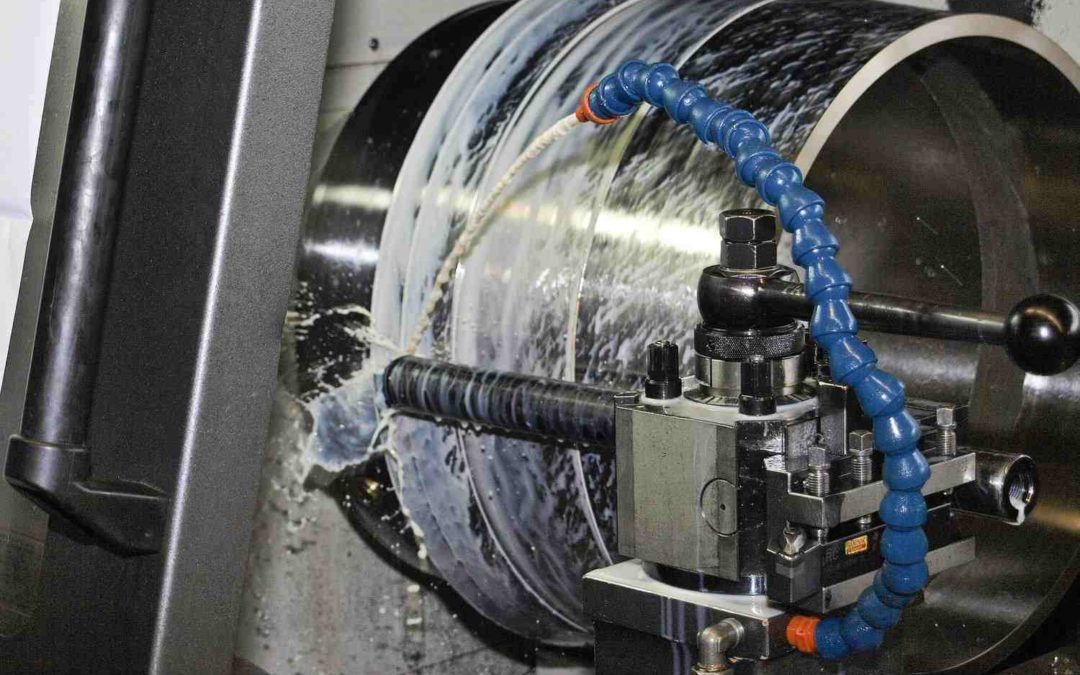One of the main areas in the management of metalworking fluids is controlling contamination from bacteria and fungi. Preservatives are used within metalworking fluids and associated treatments to reduce harmful microbes.
There are over twenty types of products which come under the Biocidal Products Regulations (528/2012). In the preservatives group, working or cutting fluid preservatives are listed. These are described as ‘products to control microbial deterioration in fluids used for working or cutting metal, glass or other materials’.
With the expansion of the BPR, products containing active biocide substances must have approval to continue manufacturing. If manufacturers do not have approval for the active substance, then biocidal products containing that substance can no longer be made available on the market. For a biocide substance to be approved, it must not be classified as carcinogenic (cat. 1A or 1B), mutagenic (cat. 1A or 1B), toxic for reproduction (cat. 1A or 1B), PBT, vPvB or have endocrine disrupting properties.
Many biocides are classified as formaldehyde releasing biocides. While these are effective as a biocide in metalworking fluids, formaldehyde was reclassified in 2015 as a category 1B H350 carcinogen and category 2 mutagen.
It was decided shortly after that reclassification that formaldehyde releasing biocides should also be reviewed, and the European Chemicals Agency (ECHA) will reclassify some formaldehyde releasing biocides as a carcinogen 1B in December 2018. It is likely that all other formaldehyde release biocides will also be reclassified between now and 2025.
If you are currently using metalworking fluids which contain a formaldehyde releasing biocide, you should be discussing this with your lubricant supplier now. When the new classification comes into place in December, products containing reclassified biocides will no longer be available, so it is important that you asses the impact of the change on your current lubrication strategy.
Any products containing the reclassified products will be easily identifiable. In accordance with REACH regulations, they will be labelled differently from December and will include the CLP hazard pictograms for Acute Toxicity and Serious Health Hazard.
If you would like any advice on your metalworking fluids and how these changes might impact your business, don’t hesitate to get in touch with our team.

